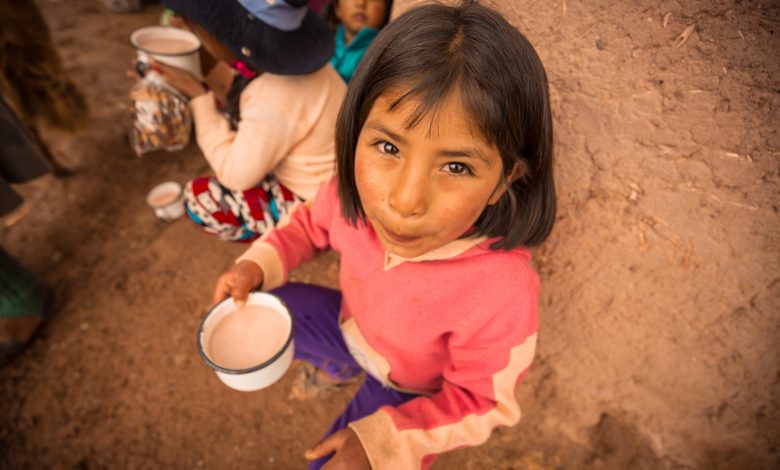Christmas, Rural and Urban in Cusco

A simple quote from Inge Bolin’s masterful telling of life in a native community of Cusco struck me. Bolin writes “In the remote mountains of Chillihuani, neither Christmas nor Easter is celebrated.” What she writes is not just true for that community high in the mountains, it is true for much of rural Cusco. Christmas did not take root there, for some reason, though it is very strong in the cities and major towns.
Bolin insists that the remote a place the more indigenous its system of ritual ad belief. Yes, but much of the city also has strong indigenous components to its Christmas and other practices and beliefs. At the same time, rural Perú also developed its Christianity, complex and different than that of cities for many reasons that go deep into the past.

I shall not develop that much here, instead I want to think about the differences, though in reality we need histories of Christmas in Cusco, both urban and rural, to guide any serious ideas on the subject.
In the meantime, I am struck by the large numbers of rural people who will be coming to the city these days. They come to stand in lines with their children so they can receive a cup of hot chocolate with bread, as well as a cheap plastic toy. Many also come with handicrafts and plants, such as moss and more, to sell so others can put together manger scenes in their houses.
Urban people, individuals and those from organizations, will often go to the country side, often over years, to serve hot chocolate and bread to people in communities. Many of these are people, especially children, who cannot come to the city.


The city, on the other hand, lives a cult of the Christ child—I mean a ritual focus on the Christ Child— in the heart of Catholicism where native history and focus conjugate with the beliefs and practices of the formal Church. This cult of the Christ child is not much a common idea in rural communities, as best I know. It is extremely strong in Cusco and is hard to overestimate.
In this cult of the Christ child, like it or not, the city is showing it control over the central figure of Christianity and, maybe, a continuation of a central figure of Inca ways, the sun child. If so, this season, with its inequality of practice and of relationships manifested in chocolate, bread and toys, may recreate a broad regional system of ritual with the city of Cusco at its center.
Things may well be changing, however. It would not surprise me, given the heavy migration from rural Cusco to cities such as Lima and Cusco, if urban types of Christmas are not becoming more and more performed in rural Cusco. If so, they are an individual challenge to the communal rituals of the communities.
New dynamics are shaping Cusco’s life and Christmas is just one, if a star bright, element of it.




